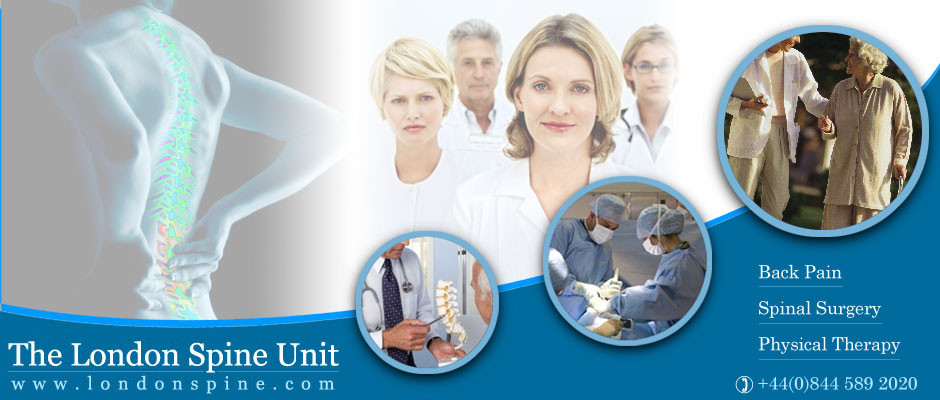Osteoporosis is defined as a chronic disease during which bone mass is progressively lost. This loss is greater than the natural loss generated by age and sex. In addition, an alteration of the bone microarchitecture occurs. The skeleton is increasingly fragile and the risk of bone fractures increases. Osteoporosis can affect the entire skeleton or only certain bones.
An untreated osteoporosis adopts a progressive evolution and can lead to permanent modifications:
- More and more bone fractures occur.
-The stature is reduced.
-It forms a hump (kyphosis).
- Pain appears as a result of fractures.
The permanent pain due to fractures, associated with the limited capacity of movements, can significantly harm the quality of life of those affected. Osteoporosis can also result in the affected person needing external help. Precisely in times of multiple fractures, the elderly must go to a residence due to limitations.
If it progresses, osteoporosis can lead to complications such as bone fractures, without an accident.
In women with osteoporosis occurring after menopause (the so-called postmenopausal osteoporosis) complications usually occur in the form of vertebral fractures.
In the course of the so-called senile osteoporosis, which affects both sexes, fractures of the neck of the femur are frequent.
In elderly people with osteoporosis, the aggravating factor is that due to their cardiovascular diseases and slowed reaction capacity, they suffer more falls than when they were younger. The untrained muscles cannot stop these falls: an unprotected fall of this type tends to lead to osteoporosis complications in the form of injuries and bone fractures.


















